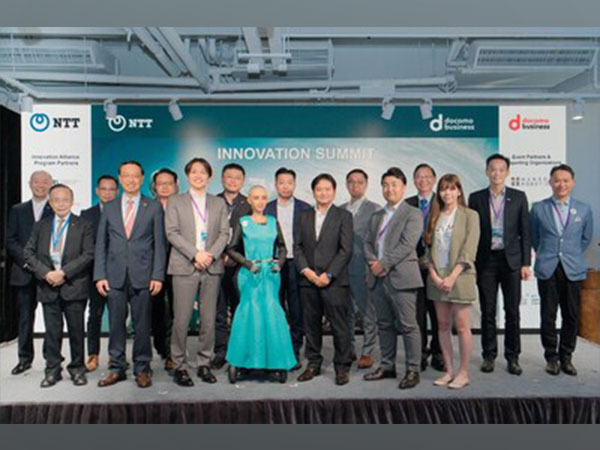
The GST Shift: Guide for Australia Study Applicants by Anuj Gupta, CEO of Youngrads
Apr 05, 2024
PNN
New Delhi [India], April 5: Australia is increasingly becoming the top choice for Indian students to pursue education abroad, witnessing a notable surge in enrollment figures. In 2023, Australian universities welcomed 126,487 Indian students, cementing its position as the second most favored international study spot. And a recent update from the Australian Government indicates a change in visa process for International students. The Genuine Temporary Entrant (GTE) has been replaced with a Genuine Student Test (GST) from March 23, 2024, according to the Migration Strategy unveiled on December 11, 2023.
In 2024, several countries are updating their immigration process for international students. Canada has introduced a temporary two-year cap on study permits, limiting approvals to around 360,000, impacting spouse visas and work permit extensions. Meanwhile, the UK restricts family member accompaniment for most international students pursuing postgraduate research or government-funded scholarship courses. Additionally, Australia has implemented GST to enhance integrity in international education and aid genuine students.
What was the GTE (Genuine Temporary Entrant)?
Applicants for a Student visa to Australia were required to demonstrate their intent to pursue a quality education temporarily. This included the mandatory Genuine Temporary Entrant (GTE) requirement. From online application or through interview, a 300-word personal statement in English is necessary, alongside supporting documents. The Australian government assessed personal circumstances comprehensively, considering factors like qualifications, employment, finances and family/social ties. The GTE requirement ensured the integrity of the student visa program, preventing misuse for residency purposes.
Understanding the New Genuine Student Test (GST
The Australian Government has now implemented a new Genuine Student Test (GST) for international students. It aims to attract genuine applicants and deter those aiming to work rather than study. This test replaces the current Genuine Temporary Entrant requirement, acknowledging post-study migration pathways emphasizing that most students will return home after studies. Here are some objectives of GST:
Focus on Examining factors - The Ministerial Direction outlines vital factors for decision-makers, stressing the relevance of applicants' academic or career paths to their chosen studies. It establishes clear criteria, refusing visas for those who don't meet them. The online visa application form as per GST criteria requests details on the applicant's current situation, including family, community ties, employment, and economic status. Applicants must explain their reasons for selecting a specific education provider and course, demonstrating their understanding of the course and life in Australia. Furthermore, they should outline the post-completion benefits of the course and provide any other relevant information, all within a 150-word limit. The process evaluates English proficiency, academic history, and financial capacity, ensuring candidates are ready for a rewarding academic experience in Australia.
Enhancing Visa Processing Efficiency - To streamline visa processing by prioritizing student visa applications according to the risk level of providers. This prioritization ensures efficient processing while maintaining the integrity of both the providers and individual student applicants. Higher risk providers may experience longer processing times as visa decision makers carefully assess each application.
Bolstering Student Visa Integrity - The Australia Government's $19 million investment in the student visa integrity unit aims to curb misuse. By enhancing scrutiny during application and developing analytical tools, it targets non-genuine students and those exploiting visas for work. This initiative aligns with efforts to safeguard international students and uphold visa integrity.
On the new GST requirement for students applying to Australian Universities, Anuj Gupta, CEO of Youngrads, outlines its impact and says, "Shifting from GTE to GST might seem complex, but it ensures that only genuine students can apply for Australian study visas. Thorough evaluation of personal documents and qualifications streamlines the process, benefiting students globally and from India. This speeds up applications for Australian universities, reduces risks from providers and opens doors for more international students to apply for study visas. It curbs ingenuine visa hopping, allowing genuine students ample opportunity to pursue education in Australia."
The GST marks a significant shift in determining genuine students aspiring to study in Australia. Unlike the subjective evaluation of GTE, GST relies on objective measures to assess commitment and visa compliance, such as academic background, language proficiency and course alignment with career goals. Students worldwide, including those in India, must emphasize their vision for Australian education and highlight their potential for future success in the application process.
(ADVERTORIAL DISCLAIMER: The above press release has been provided by PNN. ANI will not be responsible in any way for the content of the same)









